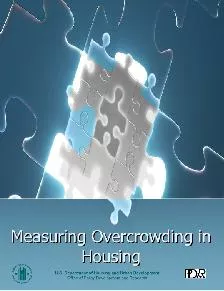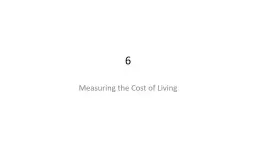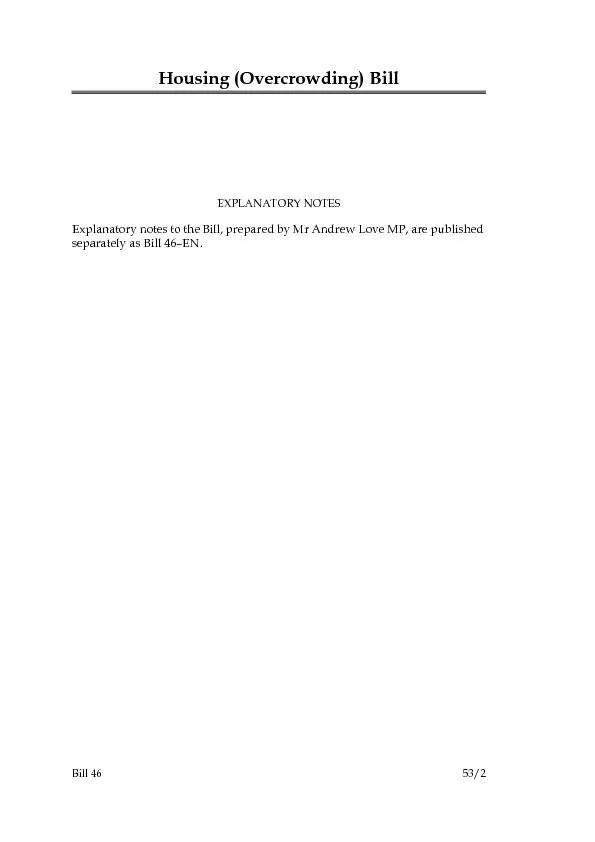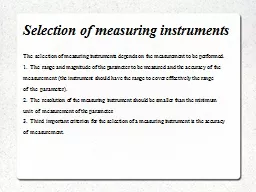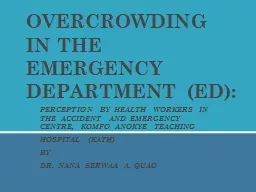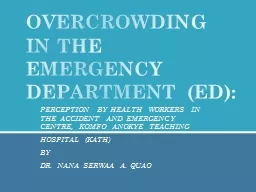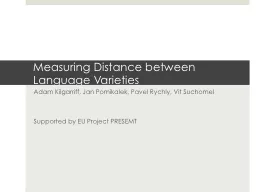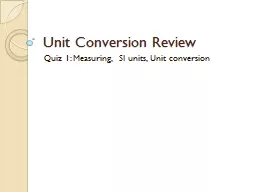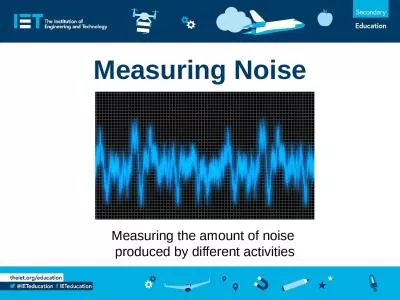PDF-Measuring Overcrowding in Housing
Author : karlyn-bohler | Published Date : 2015-09-17
Prepared for US Department of Housing and Urban Development Prepared by Econometrica Inc Bethesda Maryland Kevin S Blake Fairfax Virginia Contract No GS10F0269K
Presentation Embed Code
Download Presentation
Download Presentation The PPT/PDF document "Measuring Overcrowding in Housing" is the property of its rightful owner. Permission is granted to download and print the materials on this website for personal, non-commercial use only, and to display it on your personal computer provided you do not modify the materials and that you retain all copyright notices contained in the materials. By downloading content from our website, you accept the terms of this agreement.
Measuring Overcrowding in Housing: Transcript
Download Rules Of Document
"Measuring Overcrowding in Housing"The content belongs to its owner. You may download and print it for personal use, without modification, and keep all copyright notices. By downloading, you agree to these terms.
Related Documents

